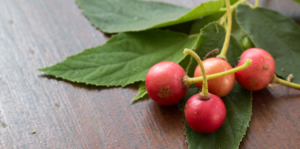You may have heard other Florida gardeners mention the increasingly popular strawberry tree, which might sound a bit confusing at first. Strawberries grow on bushes and vines, right? Well technically, yes. The strawberry tree we know of here in Fort Lauderdale, doesn’t actually grow strawberries. It does, however, produce tasty red berries and cute white flowers that are quite similar to strawberry plants, which is why it earned the nickname of strawberry tree.
Also known as the Jamaican Cherry or Panama Berry, this fruit-bearing evergreen tree is loved for its blossoms that continually bloom all year long. It grows quite fast—up to 13 feet in two years! So, if you’re a bit of an impatient gardener, but you want to get into more major, long-term gardening projects, growing a strawberry tree is a worthwhile project. Plus, the berries taste incredible! They’re kind of like a cross between caramel and cotton candy.
To avoid confusion, make sure you choose the strawberry tree with the Latin name Muntingia Calabura. There’s another plant called the Arbutus Unedo which is also nicknamed the strawberry tree, but that’s a totally different plant.
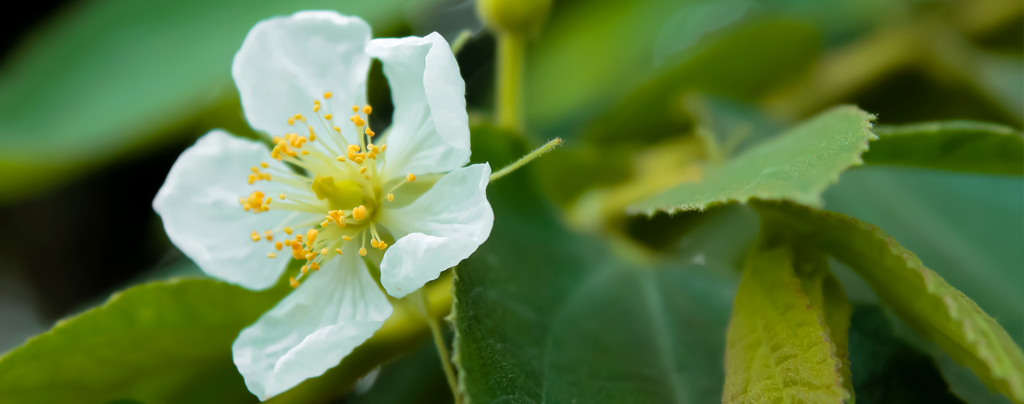
The Benefits Of Growing A Strawberry Tree
Though they may taste like candy, they have all the health benefits of a superfood. They’re jam packed with Vitamin C, and the level of antioxidants is through the roof. Antioxidants protect your cells against damage, and they supercharge your immune system, protecting you against disease and reducing the severity of illnesses. The Jamaican cherry has incredible antibacterial and antifungal properties too, so they make a great health supplement, especially when you’re dealing with a cold, flu, or infection. Not bad for something that tastes like caramel cotton candy!
Planting A Strawberry Tree
You can plant strawberry tree seeds directly in the soil, but some folks like to sprout them in a folded piece of moist paper towel first. They’re pretty tolerant of a range of soil acidity levels, so anywhere between a pH of 5.5 and 8.5 should be fine. Find a spot with ample sunlight—full sun is preferable, but a bit of partial shade should be just fine. Try to keep it about 25 feet from any other large trees, unless you plan on frequently pruning it to keep it at a more compact size.
The strawberry tree is very drought tolerant, it doesn’t do well with too much moisture, so try to loosen up the soil before planting. This should help encourage better drainage since you need to water it much more frequently for the first few months after planting. You should also mix in some compost when you till the soil. This will make sure a steady source of nutrients is available for the plant in its early stages.
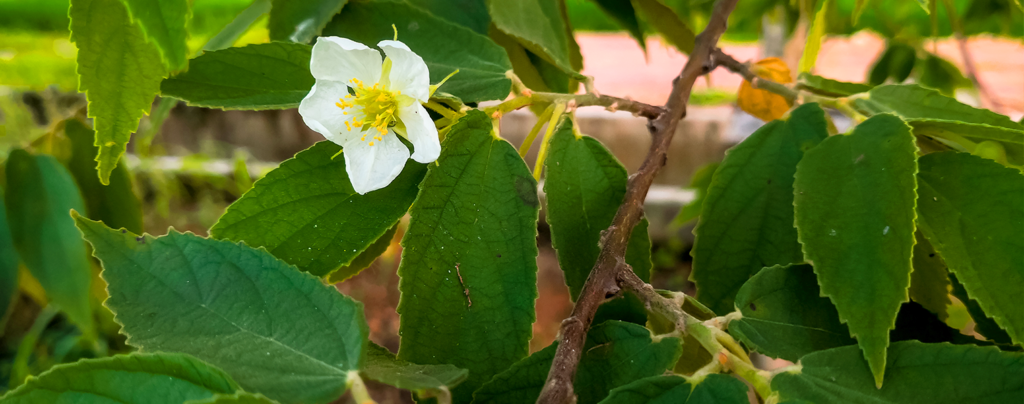
Caring For Strawberry Trees
Once your tree is well-established, water it once or twice per week, with a little extra if we get hit with a heatwave and it’s consistently over 95°. As your tree grows, regular applications of compost across the soil will help to keep it fertilized. Use it as you would a mulch—layer it on thick a few feet around the base, careful not to mound it up too much near the trunk.
If your soil is a bit more on the moist side, your strawberry tree may produce a lot of suckers. These suckers will not transplant, and they’ll just end up wasting resources from the soil, so you should pluck them out whenever you notice them forming.
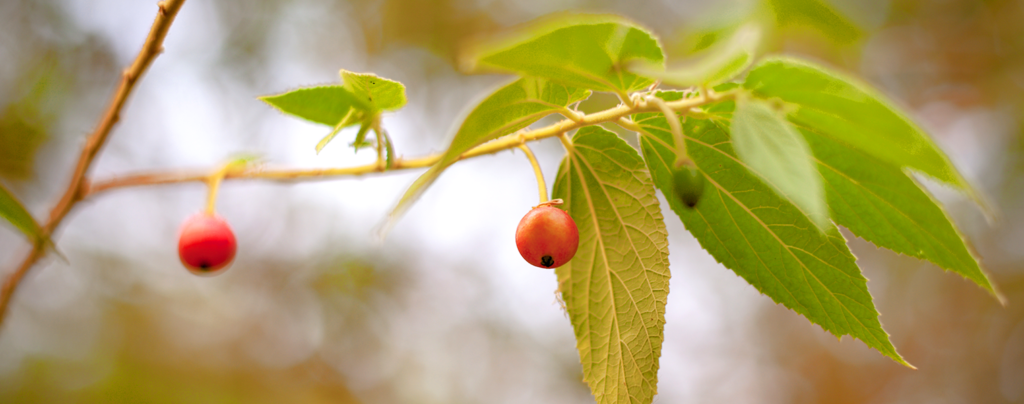
After about two years, you can expect your strawberry tree to begin bearing fruit. They’re quite tasty if eaten raw, but you can also use them in jams and other concoctions. One downside to the tree flowering and producing fruit all year long is that you won’t get a ton of fruit all at once. The tree will consistently bear fruits in small amounts instead of one giant harvest per season. If you really can’t get enough of those berries, you can always just plant a few extra trees to maximize your harvest!
The fruits take about 6–8 weeks to mature—they’re good to go once their skin has turned bright red. They won’t ripen any further past this point, and they won’t last for a very long time after picking, so it’s a good idea to use them as soon as you can or freeze them for later use. Local wildlife really love the berries too, so you’ll want to snatch them up before the critters get to them first!
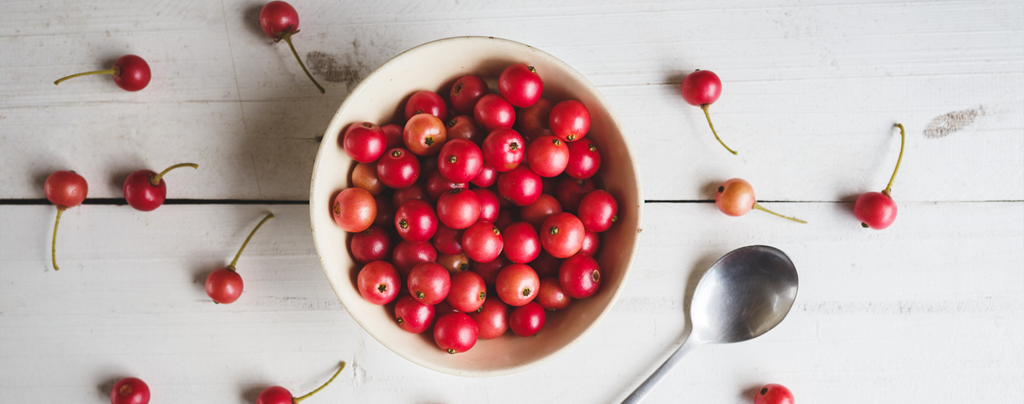
With our humid weather and hot sun, this tropical fruit tree is right at home here in Fort Lauderdale. They really aren’t too difficult to grow, and you won’t have to worry about cleaning up a huge mess of dropped fruit on the ground since they don’t produce too much at any given time. If you’d like to start growing some of these beauties in your yard, stop by Living Color Garden Center—we’ll get you set up with all the necessary supplies, and answer any questions you have about planting and tree care.

